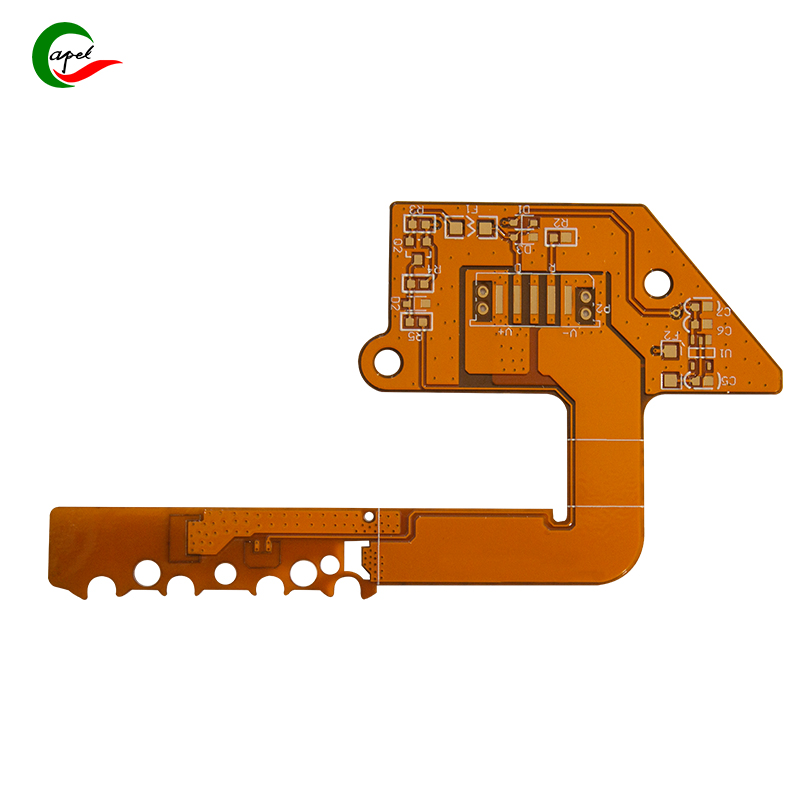Date: 2025-10-27
You know how most flexible circuit boards freak out when temperatures go wild? We're talking about boards in car engines that go from freezing cold to boiling hot, or outdoor gear that faces crazy temperature swings. Regular flex PCBs can crack or fail when materials expand and contract at different rates. That's why we came up with this elastic layer approach.
Here's the plain truth about how it works:
We build a special stretchy layer right into the flexible PCB during manufacturing. This isn't some magic trick - it's basically adding a temperature-absorbing material (usually silicone-based stuff) that sits between the regular circuit layers. When things heat up or cool down, this layer acts like a shock absorber, taking the stress so the important parts don't have to.
The best part? You still get all the flexibility you need. The board bends and twists normally - we're not turning it into a rigid monster. Your installation in tight spaces? Still works perfectly.
Why this matters for real-world use:
If you've ever had circuits fail because of temperature changes, you know the pain. This elastic layer approach solves that by giving the PCB room to breathe when temperatures go crazy. We're seeing boards handle temperature ranges from arctic -40°C to desert-hot 125°C without missing a beat.
Think about where this helps: engine control units, transmission sensors, outdoor monitoring equipment - anywhere that temperatures change rapidly and frequently. The elastic layer soaks up the expansion and contraction that would normally crack solder joints or break circuit traces.
It's not rocket science - it's just giving the PCB some built-in stretch to handle real-world temperature abuse. Your signals stay clean, your components stay put, and you stop worrying about temperature-related failures.
For engineers dealing with automotive, industrial, or outdoor applications, this approach means fewer field failures and happier customers. The boards just last longer when they can handle the heat (and the cold).
Bottom line: if temperature swings are killing your flexible circuits, this elastic substrate method is worth looking into. It's working for us in some pretty tough environments, and it might just solve your thermal stress problems too.
related link:
Kaboer manufacturing PCBs since 2009. Professional technology and high-precision Printed Circuit Boards involved in Medical, IOT, UAV, Aviation, Automotive, Aerospace, Industrial Control, Artificial Intelligence, Consumer Electronics etc..